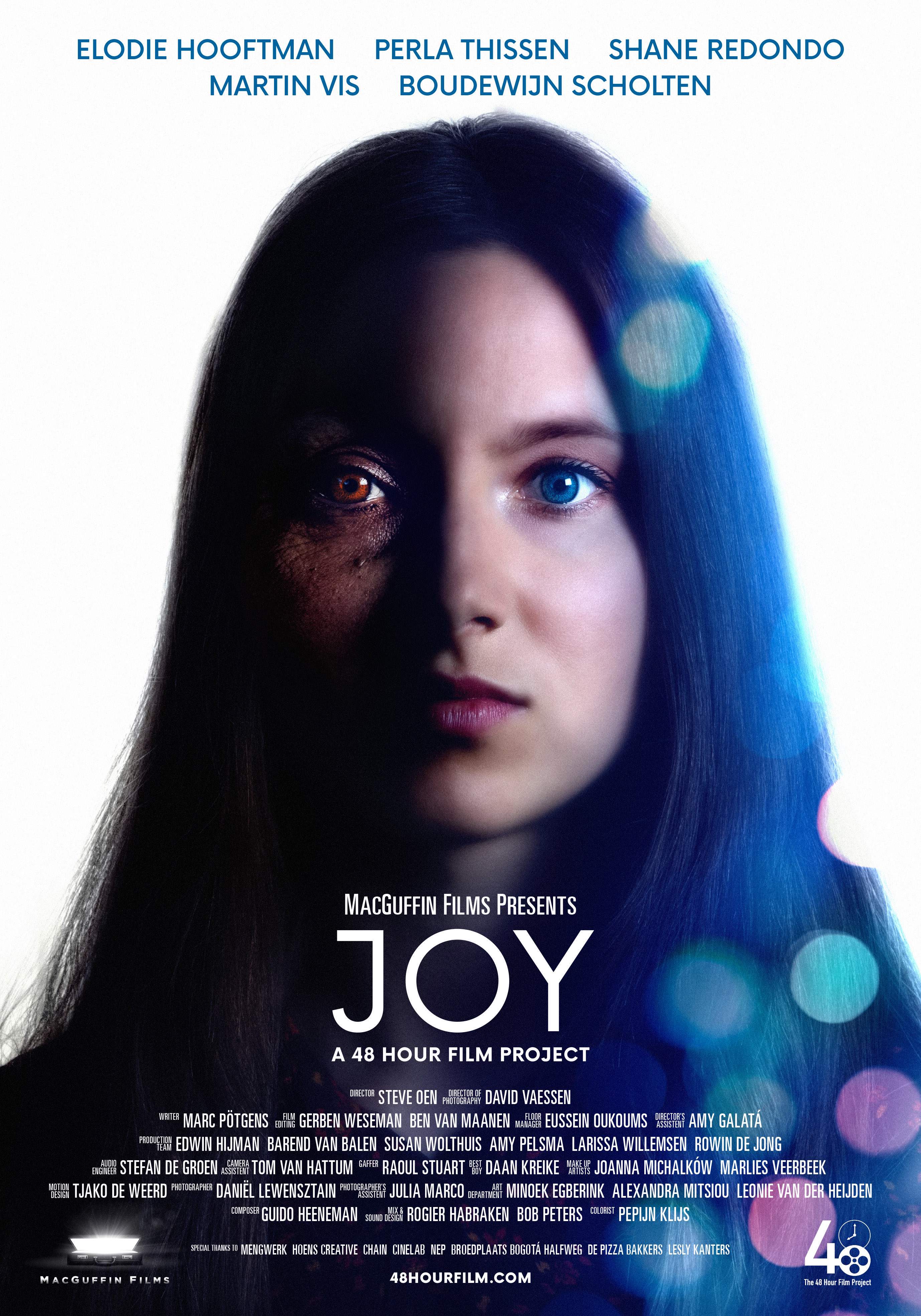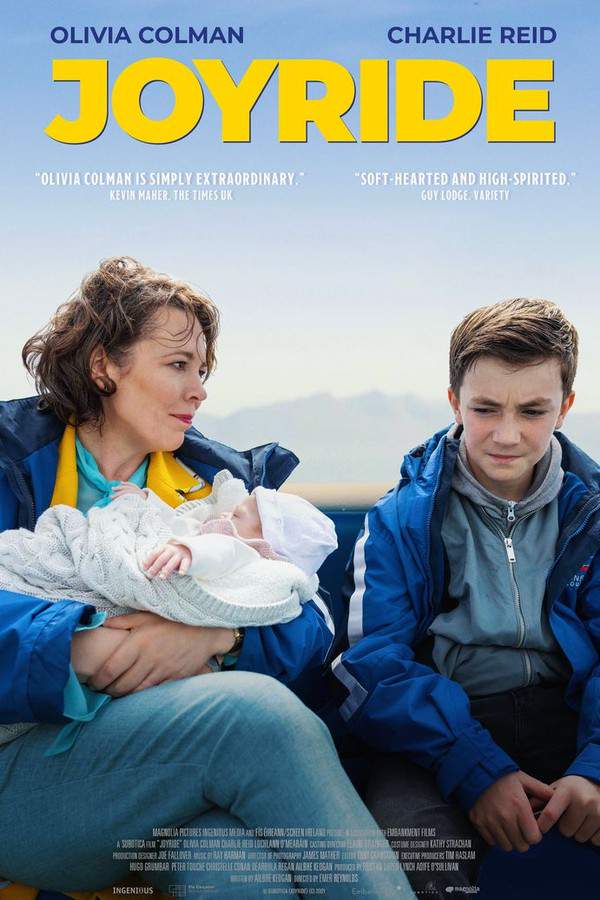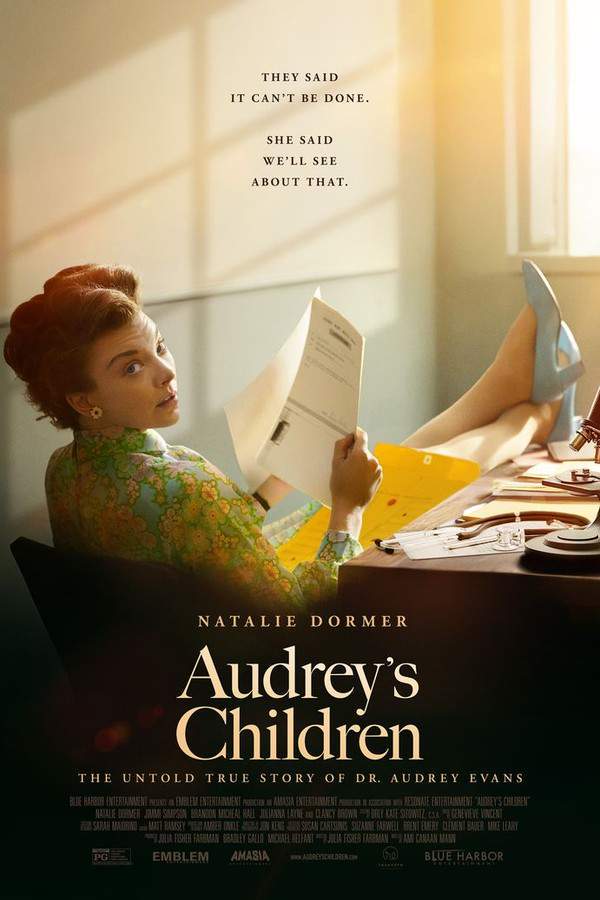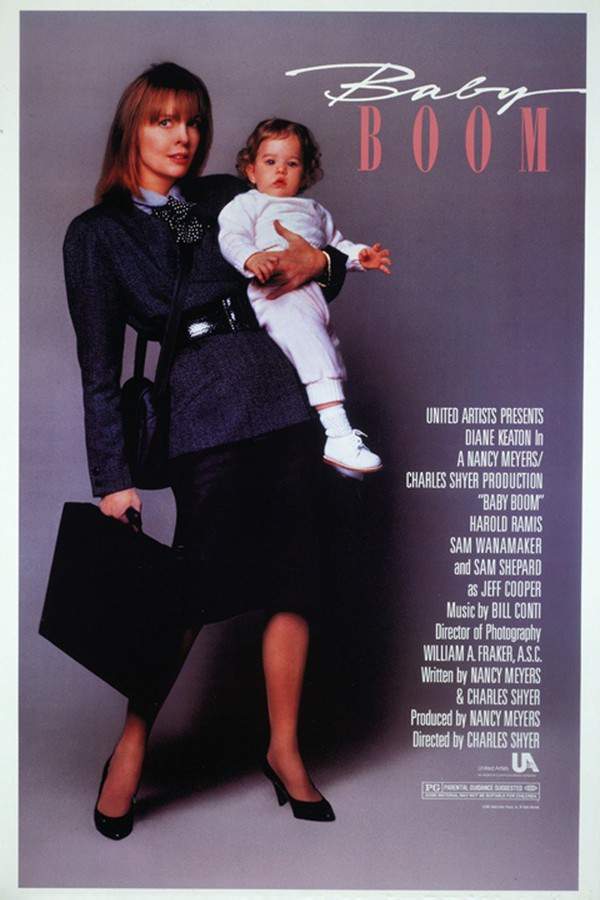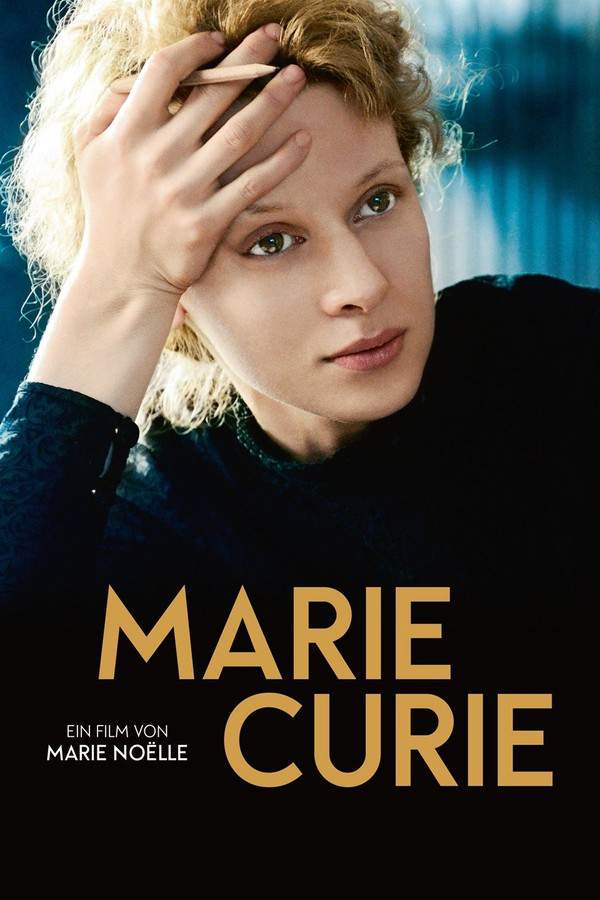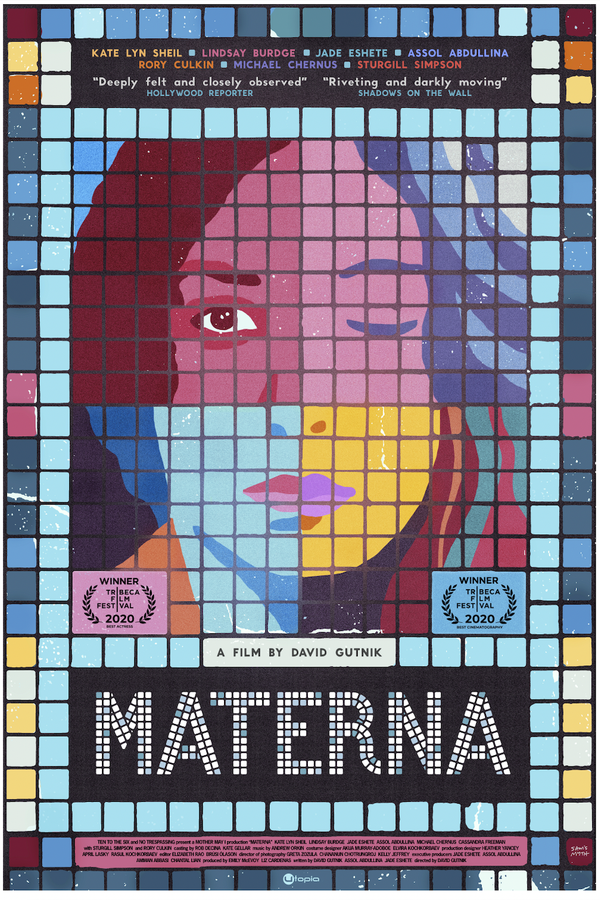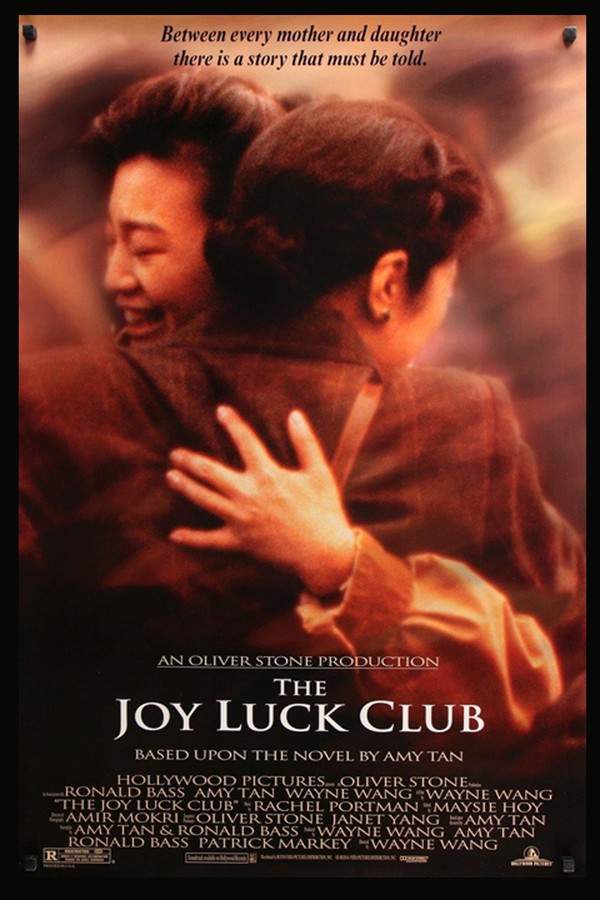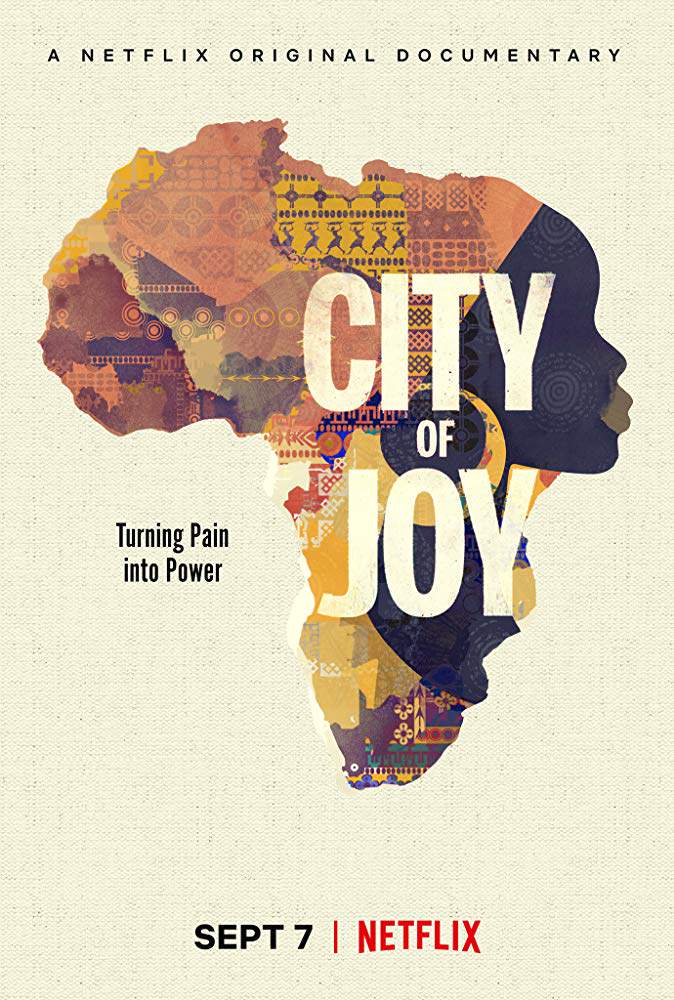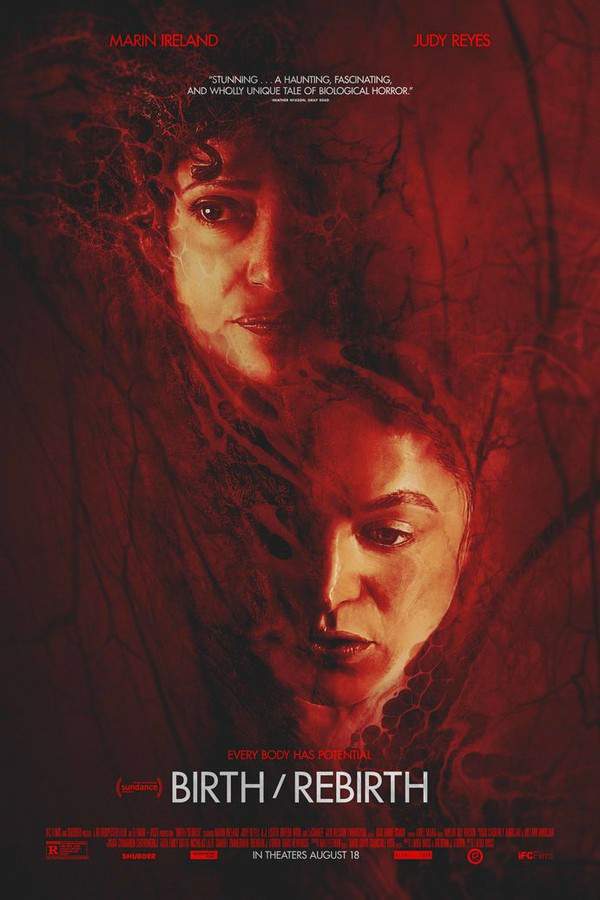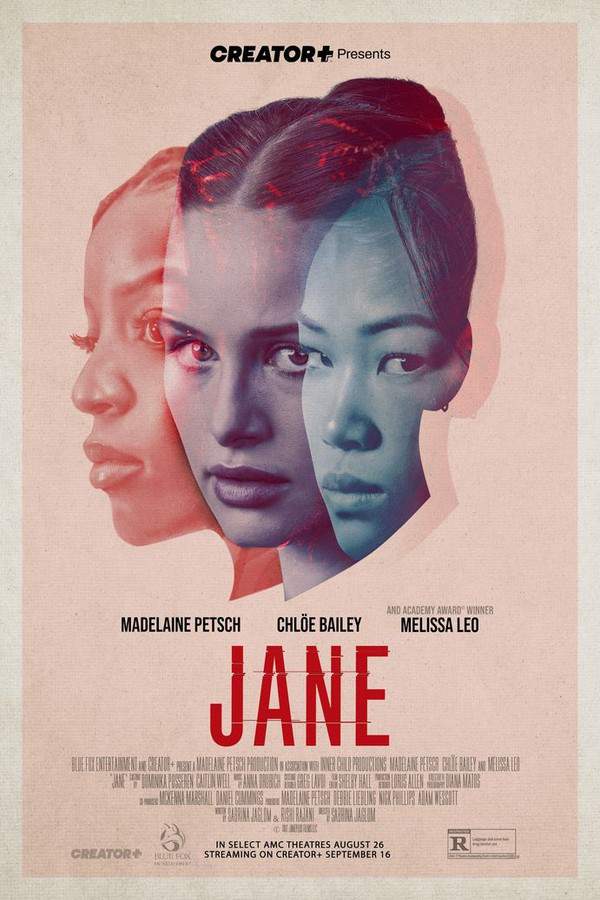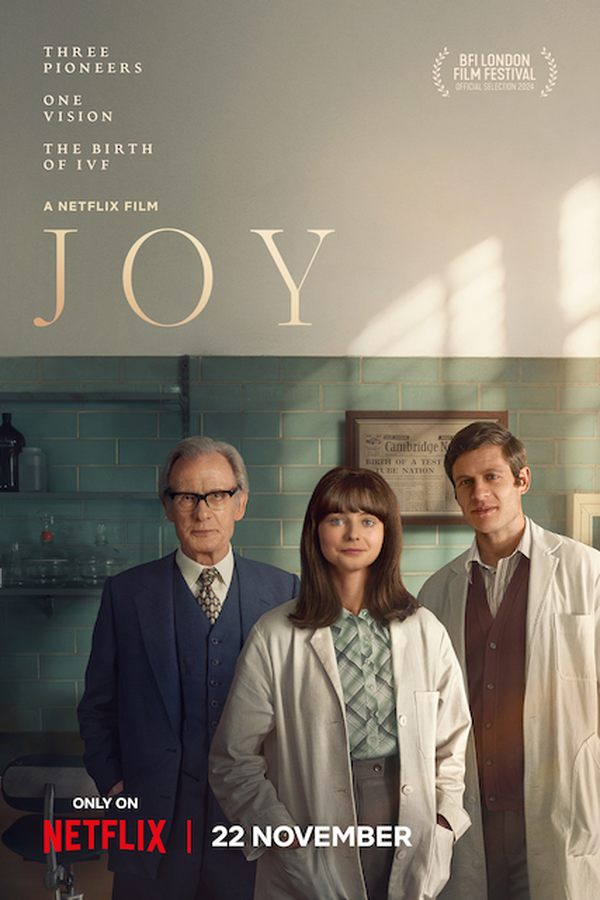
Joy
This film portrays three pioneering individuals – a nurse, a scientist, and a surgeon – who face considerable resistance from the church, government, media, and medical community as they strive to achieve the birth of the world's first baby conceived through in vitro fertilization, Louise Joy Brown.
Warning: spoilers below!
Haven’t seen Joy yet? This summary contains major spoilers. Bookmark the page, watch the movie, and come back for the full breakdown. If you're ready, scroll on and relive the story!
Joy (2024) – Full Plot Summary & Ending Explained
Read the complete plot breakdown of Joy (2024), including all key story events, major twists, and the ending explained in detail. Discover what really happened—and what it all means.
In 1968, Nurse Jean Purdy [Thomasin McKenzie] is hired at the University of Cambridge for a lab manager post by Dr Bob Edwards [James Norton], a scientist determined to push the boundaries of reproduction research. Together, they recruit a pioneering obstetrician and surgeon, Patrick Steptoe [Bill Nighy], to join their work in infertility treatment, with the bold aim of developing a procedure that could become in vitro fertilisation. Yet from the start, Patrick cautions that their path will meet resistance from government, church, and a skeptical public, even as their shared belief in progress drives them forward.
Jean and her family live within a tightly knit community of faith. They are regular churchgoers, and their close relationship with their vicar, Reverend Paulson [Robert Wilfort], anchors their moral world even as the team pushes forward into uncharted territory. The pair’s scientific ambitions hit a rough road: funding is scarce, and Jean and Robert must commute to Oldham four hours a day to keep their research moving. Robert explains their early work with small rodents to show progress, while the team quietly nudges toward a day they hope will redefine fertility.
By the next year, the team fertilises their first human ovum, a milestone that raises excitement and scrutiny in equal measure. The pace of discovery attracts attention—especially from the media—with The Daily Mirror dubbing Robert the nickname Dr. Frankenstein as public curiosity and fear grow in tandem. The success brings new tensions with Jean’s family, particularly her mother, who worries that their research is playing God. The conflict spills into Jean’s world: she feels pushed to the outside by both her church community and her own kin, and the emotional strain begins to show in how she relates to the women volunteering for their study.
Matters inside the clinic become more personal as the researchers pursue a meaningful connection with the women who participate in the trials. Matron Muriel [Tanya Moodie] challenges Jean’s sometimes clinical approach, reminding her that the participants deserve care and dignity. Meanwhile, the devotion to a larger goal presses on the team, even as Jean grapples with her own endometriosis and the implications it has for her life and work. There are moments when personal faith and scientific ambition clash, and the team must navigate the ethical landscape of offering women safer choices while contending with the fear of unknown outcomes.
Towards 1971, the team makes a formal appeal for funding to the Medical Research Council, arguing that their work could change countless lives. The request is rejected, and disappointment settles in as they ride the train home, weighed down by frustration but resolved to push on. In conversations that reveal growing personal stakes, Jean opens up about how deeply she is invested in the project, and Patrick listens, offering support while acknowledging the toll the research takes on their relationships. Arun [Rish Shah], the lab’s eager assistant, shares a moment of personal connection with Jean, hinting at a shared future that the team’s work complicates rather than clarifies.
In early 1973, after another difficult television appearance, the researchers begin implanting embryos in a few of the women. The pregnancies fail in different ways, and by September every attempt ends in disappointment. When a batch of experiments is found to have contaminated paraffin, the team’s confidence falters. The setback becomes a turning point: Jean quits to care for her dying mother as Robert’s faith in their path wavers. The lab is shut down during her absence, and the silence that follows speaks to the fragility of a dream built on risk and devotion.
A year later, Jean encounters Arun again, now a new father, who hints at the possibility of moving their lives forward despite the closure. She confronts Robert, who argues that her decision to quit transformed the course of the project as much as the setbacks did. The loss of her mother compounds Jean’s exhaustion, yet the two scientists find renewed purpose in the memories of their earlier breakthroughs and the enduring belief that they owe the women a chance at motherhood.
At the funeral, Patrick Steptoe and Muriel attend, and a rested, resolute Jean experiences a turning point. She decides to resume the study by tracking each participant’s natural cycle—an approach that reframes their work as a women-centered, biologically guided process rather than a single pursuit of a single outcome. In the summer of 1978, their revised method yields a breakthrough: the first test-tube baby, whom Robert names Joy. The achievement marks a historic moment, yet the story closes with a bittersweet note about the human costs behind scientific triumph.
The epilogue reveals the lasting consequences: Jean Purdy passes away from cancer at 39, and Robert Edwards is later recognized with the Nobel Prize in 2010 for the collaborative work that, with Patrick Steptoe, opened a new era in reproductive medicine. Through joy and loss, the film honors the quiet resilience of the people who carried a controversial dream to a wider world, forever changing how science, faith, and personal life intersect on the path to new possibilities.
Last Updated: October 09, 2025 at 16:11
Ending Explained – What Happens at the End of Joy?
Still wondering what the ending of Joy (2024) really means? Here’s a spoiler-heavy breakdown of the final scene, major twists, and the deeper themes that shape the film’s conclusion.
Throughout the film, we see how Jean Purdy, a dedicated nurse and embryologist, was the unsung hero behind the first successful in vitro fertilization. Despite the immense scientific achievement and the joy of witnessing Louise Brown’s birth, Jean and her colleagues faced relentless societal opposition, media vilification, and institutional rejection. Their work was groundbreaking, laying the foundation for reproductive medicine, but it also involved personal sacrifices, especially for Jean, who struggled with her faith, personal doubts, and her role as a woman in a male-dominated field.
The climax arrives with the birth of Louise Brown, a milestone that embodies ten years of perseverance, suffering, and hope. Robert Edwards named the baby “Joy,” symbolizing the triumph of hope and life. However, the ending underscores a powerful truth: Jean’s contribution was essential but historically overlooked. She spent years fighting for recognition, only to die of cancer at 39 without seeing her name celebrated alongside her male colleagues. Her story highlights how women’s contributions have often been erased by systemic sexism, a theme still relevant today.
Ultimately, the film’s ending is both a celebration and a reminder—that scientific breakthroughs often come at great personal cost, especially for women whose roles are undervalued or forgotten. Louise Brown’s birth stands as a testament to what relentless dedication and unrecognized sacrifices can achieve, inspiring us to acknowledge the invisible yet vital work of those like Jean Purdy who push the boundaries of science and humanity. The story leaves us with a reflection on the ongoing struggle for recognition and the importance of honoring those who truly make history.Joy is not just about a medical breakthrough; it’s about recognizing the often unseen women whose resilience changes the world.**
Last Updated: June 25, 2025 at 09:03
Unlock the Full Story of Joy
Don't stop at just watching — explore Joy in full detail. From the complete plot summary and scene-by-scene timeline to character breakdowns, thematic analysis, and a deep dive into the ending — every page helps you truly understand what Joy is all about. Plus, discover what's next after the movie.
Joy Timeline
Track the full timeline of Joy with every major event arranged chronologically. Perfect for decoding non-linear storytelling, flashbacks, or parallel narratives with a clear scene-by-scene breakdown.

Characters, Settings & Themes in Joy
Discover the characters, locations, and core themes that shape Joy. Get insights into symbolic elements, setting significance, and deeper narrative meaning — ideal for thematic analysis and movie breakdowns.

Joy Ending Explained
What really happened at the end of Joy? This detailed ending explained page breaks down final scenes, hidden clues, and alternate interpretations with expert analysis and viewer theories.

Similar Movies to Joy
Discover movies like Joy that share similar genres, themes, and storytelling elements. Whether you’re drawn to the atmosphere, character arcs, or plot structure, these curated recommendations will help you explore more films you’ll love.
Explore More About Movie Joy
Joy (2024) Scene-by-Scene Movie Timeline
Joy (2024) Movie Characters, Themes & Settings
Joy (2024) Ending Explained & Theories
Joy (2024) Spoiler-Free Summary & Key Flow
Movies Like Joy – Similar Titles You’ll Enjoy
Joy (2015) Full Movie Breakdown
Joy (2019) Detailed Story Recap
Call Jane (2022) Ending Explained & Film Insights
Joyland (2023) Plot Summary & Ending Explained
Joyride (2022) Detailed Story Recap
Audrey's Children (2025) Full Summary & Key Details
Baby Boom (1987) Movie Recap & Themes
Joyful Noise (2012) Film Overview & Timeline
Finding Joy (2013) Complete Plot Breakdown
Marie Curie: The Courage of Knowledge (2017) Ending Explained & Film Insights
Materna (2021) Spoiler-Packed Plot Recap
The Joy Luck Club (1993) Film Overview & Timeline
City of Joy (2018) Movie Recap & Themes
birth/rebirth (2023) Film Overview & Timeline
Jane (2017) Spoiler-Packed Plot Recap




